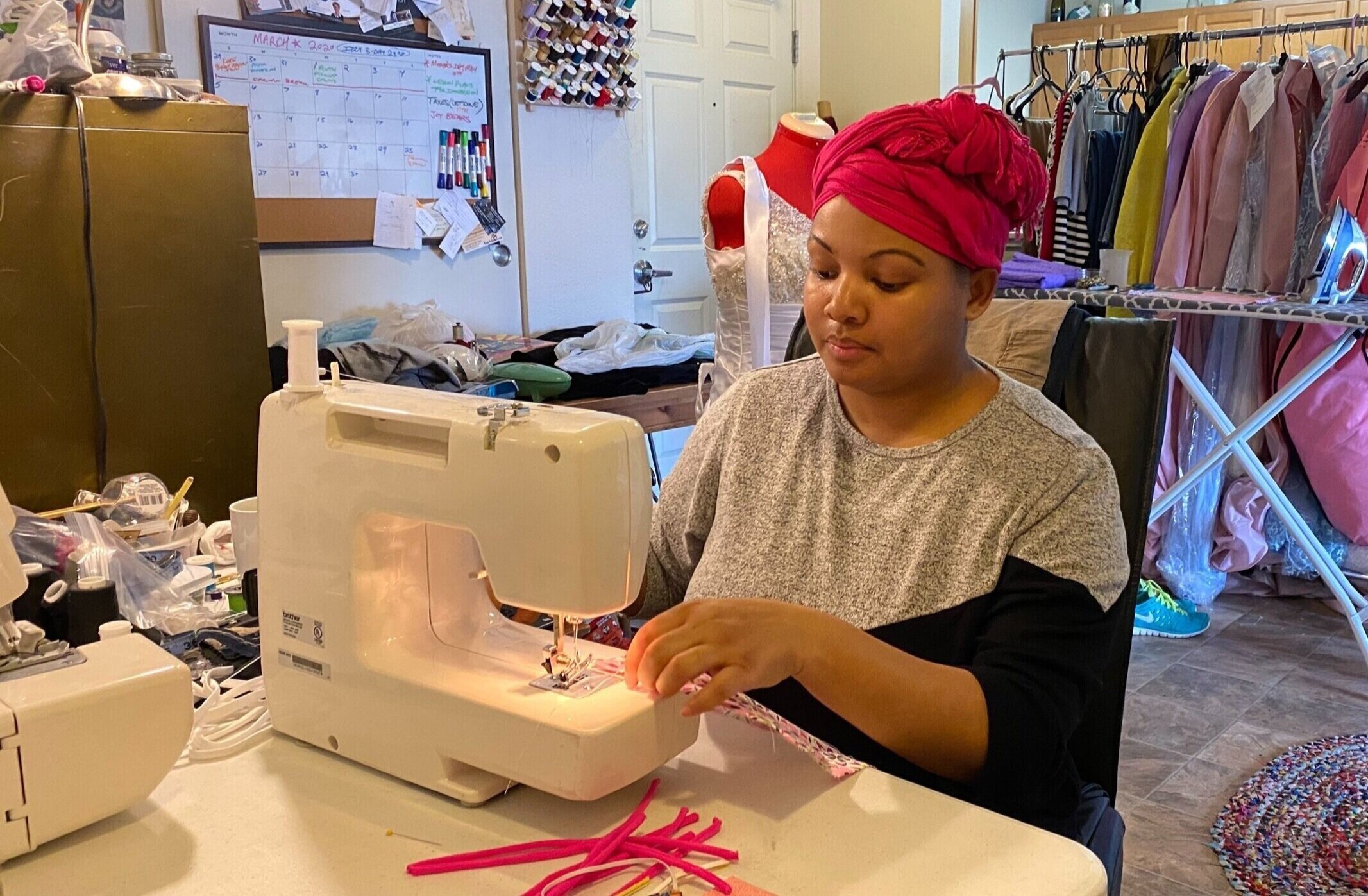Mayo Clinic: We support Minnesota governor's stay-at-home order
Mayo Clinic says it supports Gov. Tim Walz’s ‘stay-at-home’ order, as well as similar measures adopted by Wisconsin and across the country — as long as they are “issued with appropriate exceptions.”
“Our hope is that comprehensive, short-term actions taken now will slow the spread of disease and its long-term impact,” Mayo said in a statement.
On Tuesday afternoon, Walz issued an executive order directing Minnesotans to remain in their homes unless absolutely necessary. Exceptions include things like exercising outside, purchasing groceries, and caring for others. People whose jobs are considered essential — like those who work in healthcare, law enforcement, and infrastructure maintenance — are also allowed to continue going to work.
Walz said the order, which begins Friday at midnight, was put into place in an effort to buy enough time to get temporary ICU beds in place, address a shortage of personal protective equipment, and increase testing for COVID-19. Models developed by the Minnesota Department of Health and the University of Minnesota, he said, suggest that hospitals could run out of capacity if more stringent measures were not put into place.
“I am asking for your patience, your cooperation, and your understanding,” said Walz, noting that models predict that more than 70,000 Minnesotans could die from COVID-19 if no action was taken.
With closures to bars, restaurants and other public gathering places already in effect, Minnesotans had reduced person-to-person contact by 50 percent. Under the measures announced Tuesday, that number could climb to 80 percent — which, according to Walz, would put off the peak of the epidemic until early July, giving Minnesota more time to prepare.
“If we get to a situation which we have seen in certain parts of the world — and the place we cannot get to — is when someone cannot get that ICU care, we see the death rate skyrocket,” Walz said Tuesday. “So here in Minnesota, our attempt is to move the infection rates out, buy us time to have a surge of ICU units and then move to the testing phase … so when the second wave of this comes through, we can flatten the curve and we can keep it under the numbers that we need.”
The stay-at-home order will be in effect through April 10. The governor also said Tuesday he will be extending his previous orders, meaning schools will conduct distance learning through May 4. Bars, restaurants and other public gathering places will remain closed until May 1.
[Editor’s note: We try to keep our reporting as local as possible. As a result, we acknowledge we cannot get to everything. But what we can do is direct you in the right direction. I would recommend checking out the Star Tribune’s coverage, as well this FAQ from the governor’s office, for additional information on today’s executive order.]
More from Mayo
In a news release, Mayo said patients are still allowed to travel to seek care in states where emergency orders are in effect. The Clinic also noted that the emergency orders in effect also provide “road exemptions for health care workers to continue coming to work.”
“At all of our locations, we’ll continue to follow the protocols that have been put in place to keep our staff, patients and communities safe,” Mayo said in the release. “Mayo Clinic will continue deferring all elective care. Urgent and emergency care will continue.”
Mayo added that it continues to be “well-prepared and ready to treat patients with COVID-19 across the organization, while at the same time actively helping the world respond to the global COVID-19 pandemic.”
Sean Baker is a Rochester journalist and the founder of Med City Beat.
The news never takes a day off, so we won’t either. If you’ve appreciated our reporting during the COVID-19 pandemic, please consider becoming a member. For $8/month, you are providing us the support we need to continue carrying out our mission of producing quality, accessible journalism.







